Mouthpart homologies and life habits of Mesozoic long-proboscid scorpionflies. (Science Advances. http://doi.org/10.1126/sciadv.aay1259)

Qaidam Basin leaf fossils show northeastern Tibet was high, wet and cool in the early Oligocene. (Earth and Planetary Science Letters. https://doi.org/10.1016/j.epsl.2020.116175)
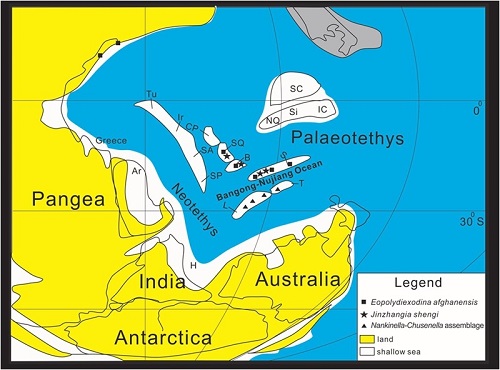
Middle Permian fusulines from the Thitsipin Formation of Shan State, Myanmar and their palaeobiogeographical and palaeogeographical implications. (Papers in Palaeontology, https://doi.org/10.5061/dryad.ghx3ffbj6)

Recovery of lacustrine ecosystems after the end-Permian mass extinction. (Geology, http://doi.org/10.1130/G47502.1)
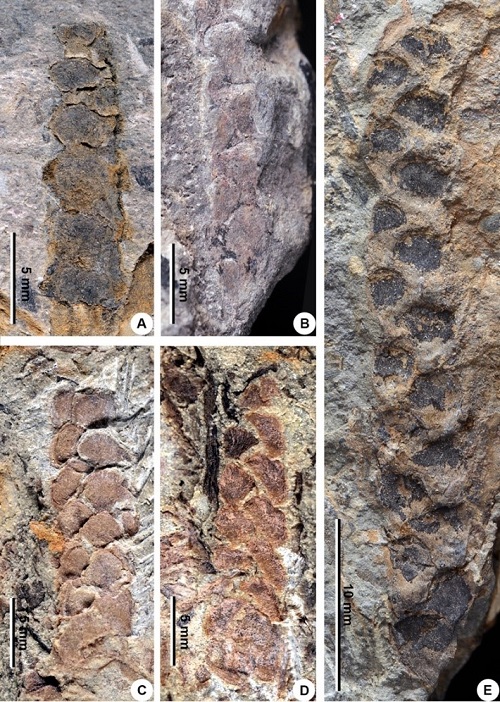
Morphology, nomenclature and potential paleophytogeographic implication of Demersatheca contigua (Zosterophyllopsida) from the Lower Devonian of Yunnan and Guangxi, southwestern China. (Review of Palaeobotany and Palynology. https://doi.org/10.1016/j.revpalbo.2020.104209)

Microbial reefs in eastern Yangtze Platform, South China Block: the last golden age of stromatolites in the Ordovician. (Facies. https://doi.org/10.1007/s10347-020-0596-x)
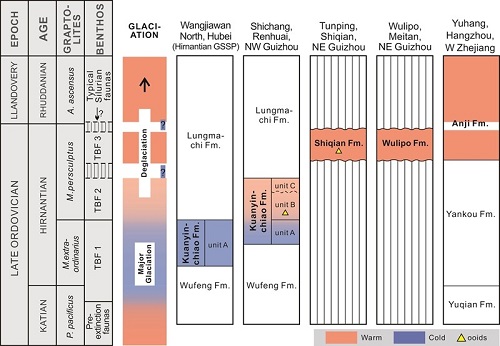
Constraining the biotic transitions across the end-Ordovician mass extinction in South China: Bio- and chemostratigraphy of the Wulipo Formation in the Meitan area of northern Guizhou. (Geological Journal. https://onlinelibrary.wiley.com/doi/10.1002/gj.3816)

Latest Ordovician graptolites from the Mandalay Region, Myanmar. (Palaeoworld. https://doi.org/10.1016/j.palwor.2019.09.003)
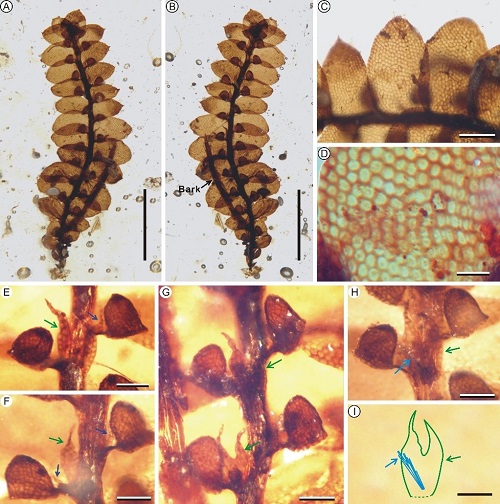
Frullania partita sp. nov. (Frullaniaceae, Porellales), a new leafy liverwort from the mid-Cretaceous of Myanmar. (Cretaceous Research. https://doi.org/10.1016/j.cretres.2019.104341)
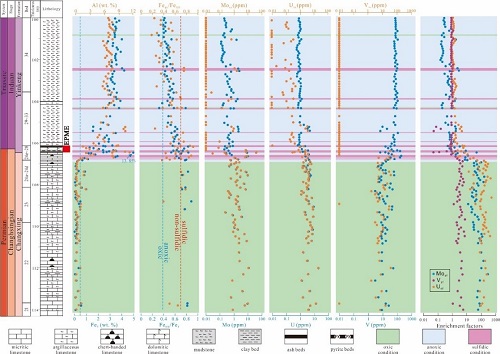
Oceanic redox evolution around the end-Permian mass extinction at Meishan, South China. (Paleogeogr. Paleoclimatol. Paleoecol. https://doi.org/10.1016/j.palaeo.2020.109626)

Spatial variation in carbonate carbon isotope during the Cambrian SPICE event across the North China Platform. (Palaeogeography, Palaeoclimatology, Palaeoecology. https://doi.org/10.1016/j.palaeo.2020.109669)
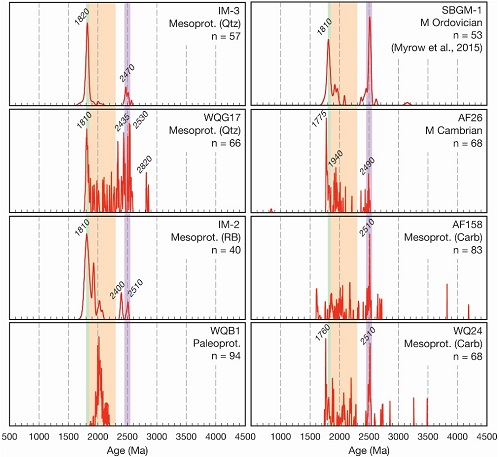
Sedimentology, stratigraphy, and detrital zircon geochronology of Mesoproterozoic strata in the northern Helan Mountains, western margin of the North China Block. (Precambrian Research. https://doi.org/10.1016/j.precamres.2020.105730)

The latest Ordovician Hirnantia brachiopod Fauna of Myanmar: Significance of new data from the Mandalay Region. (Palaeoworld. https://doi.org/10.1016/j.palwor.2019.07.002.)
A latest Ordovician Hirnantia brachiopod fauna from western Yunnan, Southwest China and its paleobiogeographic significance. (Palaeoworld. https://doi.org/10.1016/j.palwor.2019.03.002)
A nearshore Hirnantian brachiopod fauna from South China and its ecological significance. (Journal of Paleontology. https://doi.org/10.1017/jpa.2019.90.)
From shallow to deep-water: an ecological study of the Hirnantia brachiopod Fauna (Late Ordovician) and its global implications. (Lethaia. https://doi.org/10.1111/let.12360)
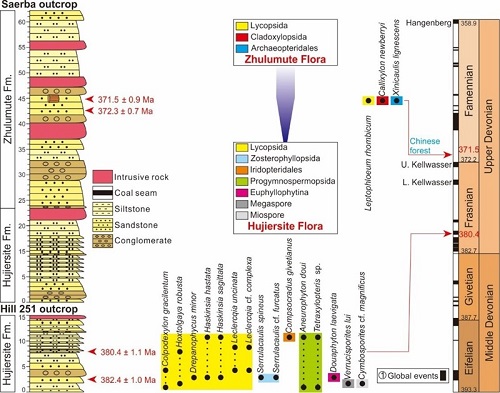
Age constraint for an earliest Famennian forest and its implications for Frasnian-Famennian boundary in West Junggar, Northwest China. (Palaeogeography, Palaeoclimatology, Palaeoecology. https://doi.org/10.1016/j.palaeo.2020.109749)

Polybessurus-like fossils as key contributors to Permian-Triassic boundary microbialites in South China. (Palaeogeography, Palaeoclimatology, Palaeoecology. https://doi.org/10.1016/j.palaeo.2020.109770)

Deep-water dissolved iron cycling and reservoir size across the Ediacaran-Cambrian transition. (Chemical Geology. https://doi.org/10.1016/j.chemgeo.2020.119575)

An inter-comparison study of three stomatal-proxy methods for CO2 reconstruction applied to early Jurassic Ginkgoales plants. (Palaeogeography, Palaeoclimatology, Palaeoecology. https://doi.org/10.1016/j.palaeo.2019.109547)
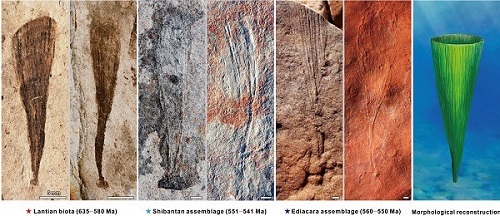
A Tale of Three Taphonomic Modes: The Ediacaran Fossil Flabellophyton Preserved in Limestone, Black Shale, and Sandstone. (Gondwana Research. https://doi.org/10.1016/j.gr.2020.04.003)

Developmental biology of Helicoforamina reveals holozoan affinity, cryptic diversity, and adaptation to heterogeneous environments in the early Ediacaran Weng’an biota (Sci. Adv. http://doi.org/10.1126/sciadv.abb0083)
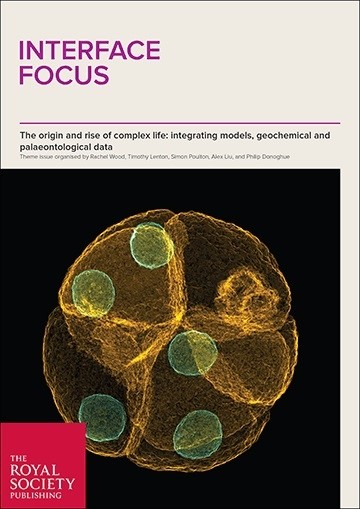
Nucleus preservation in early Ediacaran Weng'an embryo-like fossils, experimental taphonomy of nuclei and implications for reading the eukaryote fossil record. (Interface Focus. http://dx.doi.org/10.1098/rsfs.2020.0015)

An assemblage of macroscopic and diversified carbonaceous compression fossils from the Tonian Shiwangzhuang Formation in western Shandong, North China. (Precambrian Research. https://doi.org/10.1016/j.precamres.2020.105801)
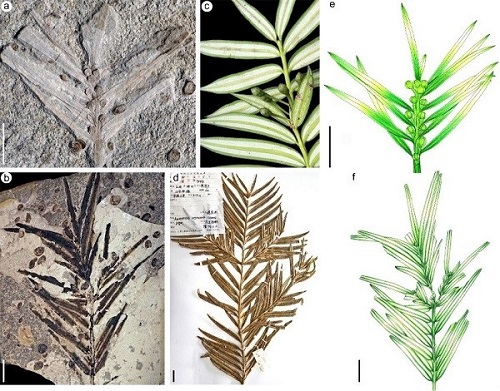
Middle-Late Jurassic fossils from northeastern China reveal morphological stasis in the catkin-yew. (National Science Review. https://doi.org/10.1093/nsr/nwaa138)
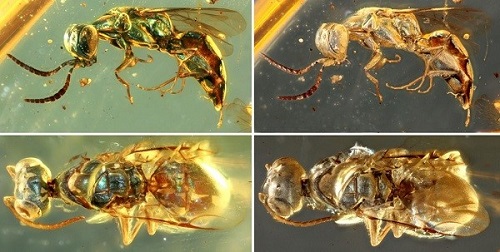
Structural colours in diverse Mesozoic insects. (Proc. R. Soc. B. http://dx.doi.org/10.1098/rspb.2020.0301)
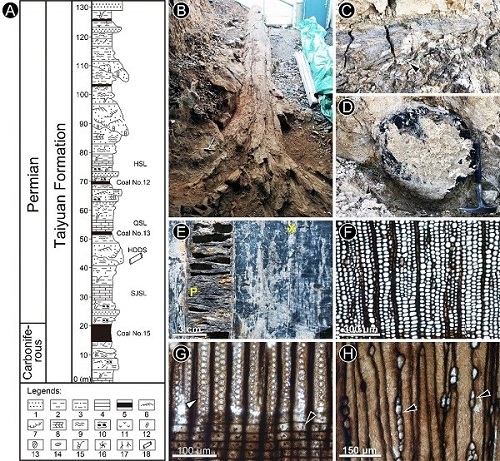
Giant cordaitalean trees in early Permian riparian canopies in North China: Evidence from anatomically preserved trunks in Yangquan, Shanxi Province. (Palaeoworld. https://doi.org/10.1016/j.palwor.2020.04.008)

The youngest Ordovician (latest Katian) coral fauna from eastern Australia, in the uppermost Malachis Hill Formation of central New South Wales. (Alcheringa. https://doi.org/10.1080/03115518.2020.1747540)
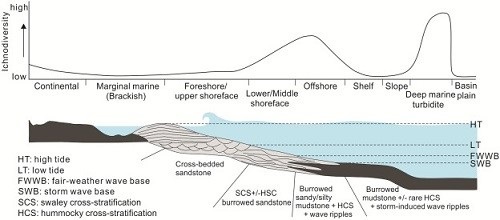
Trace fossils as proxy for biotic recovery after the end-Permian mass extinction: A critical review. (Earth-Science Reviews. https://doi.org/10.1016/j.earscirev.2019.103059)
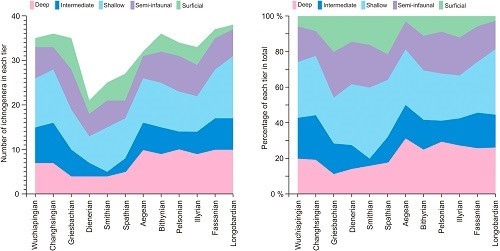
Infaunal response during the end-Permian mass extinction. (GSA Bulletin. https://doi.org/10.1130/B35524.1)

Stacked Parahaentzschelinia ichnofabrics from the Lower Permian of the southern Sydney Basin, southeastern Australia: Palaeoecologic and palaeoenvironmental significance. (Palaeogeography, Palaeoclimatology, Palaeoecology. https://doi.org/10.1016/j.palaeo.2019.109538)

A New Species of Conifer Wood Brachyoxylon from South China and its Palaeoclimatic Implications. (Historical Biology. https://doi.org/10.1080/08912963.2020.1755282)

Sinoceras chinense (Foord, 1888) in western Thailand: first identification outside China. (Palaeowolrd. https://doi.org/10.1016/j.palwor.2020.06.004)
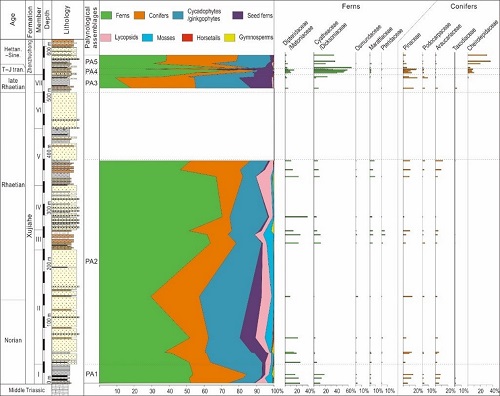
Palaeovegetation and palaeoclimate changes across the Triassic–Jurassic transition in the Sichuan Basin, China. (Palaeogeography Palaeoclimatology Palaeoecology. https://doi.org/10.1016/j.palaeo.2020.109891)
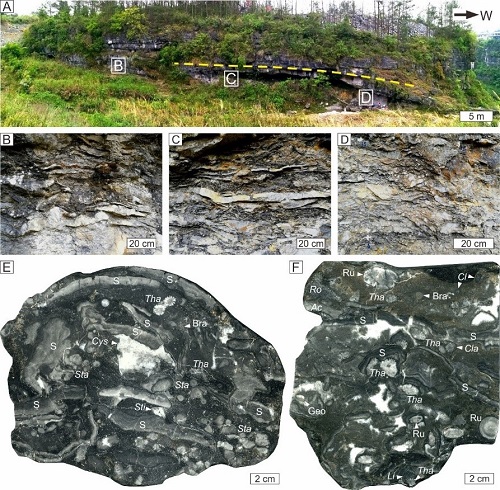
The Jiwozhai patch reef: A palaeobiodiversity hotspot in middle Givetian (Devonian) of South China. (Palaeogeography, Palaeoclimatology, Palaeoecology. https://doi.org/10.1016/j.palaeo.2020.109895)

New biostratigraphic framework for the Triassic–Paleogene in the Neo-Tethys realm of southern Xizang (Tibet), China. (Journal of Asian Earth Sciences. https://doi.org/10.1016/j.jseaes.2020.104369)
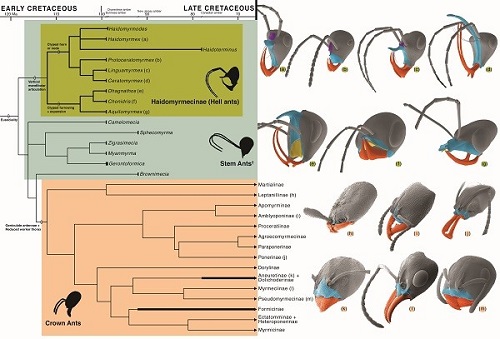
Specialized predation drives aberrant morphological integration and diversity in the earliest ants. (Current Biology. https://doi.org/10.1016/j.cub.2020.06.106)

Silurian conodont biostratigraphy of the Laojianshan section, Baoshan, Yunnan Province, SW China. (Geological Journal. https://doi.org/10.1002/gj.3813)
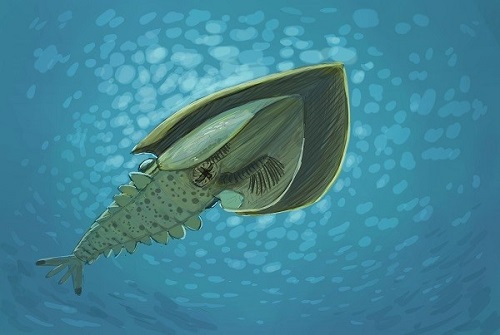
Occurrence of the hurdiid radiodont Cambroraster in the middle Cambrian (Wuliuan) Mantou Formation of North China. (Journal of Paleontology.https://doi.org/10.1017/jpa.2020.21)
A new middle Cambrian radiodont from North China: implications for morphological disparity and spatial distribution of hurdiids. (Sun, Z.X., Zeng, H., Zhao, F.C.*, 2020. (Palaeogeography. Palaeoclimatology, Palaeoecology . https://doi.org/10.1016/j.palaeo.2020.109947)
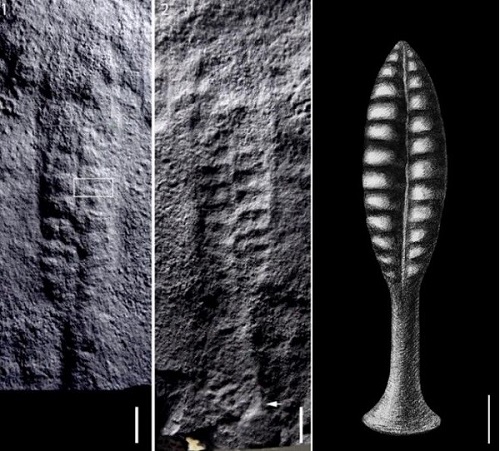
The Ediacaran frondose fossil Arborea from the Shibantan limestone of South China. (Journal of Paleontology. http://doi.org/10.1017/jpa.2020.1043)
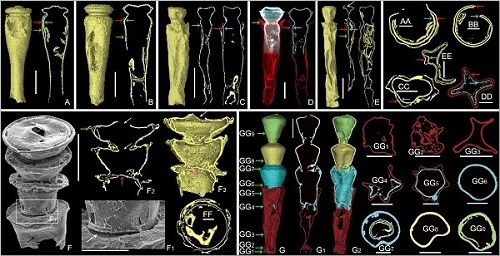
Fossilized reproductive modes reveal a protistan affinity of Chitinozoa. (Geology. https://doi.org/10.1130/G47865.1)
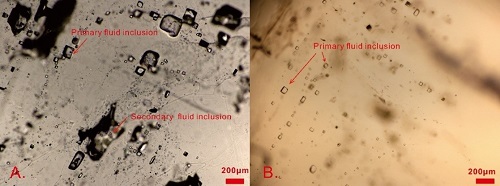
Composition of middle-late Eocene salt lakes in the Jintan Basin of eastern China: Evidence of marine transgressions. (Marine and Petroleum Geology. https://www.sciencedirect.com/science/article/pii/S026481722030427X)
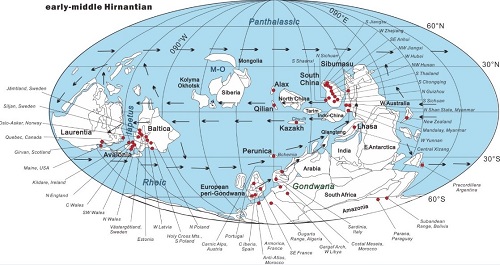
The latest Ordovician Hirnantian brachiopod faunas: New global insights. (Earth-Science Reviews. https://doi.org/10.1016/j.earscirev.2020.103280)

A unique flower in Miocene amber sheds new light on the evolution of flowers, (Palaeoentomology. https://doi.org/10.11646/palaeoentomology.3.4.15)
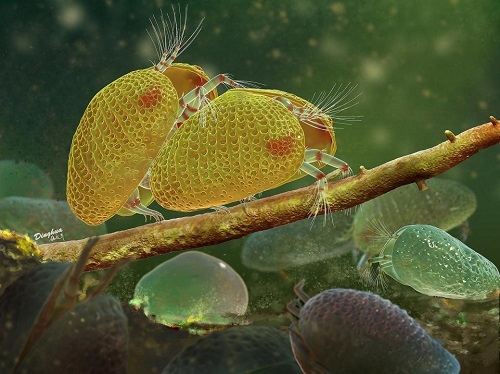
Exceptional preservation of reproductive organs and giant sperm in Cretaceous ostracods. (Proceedings of the Royal Society B. http://dx.doi.org/10.1098/rspb.2020.1661)
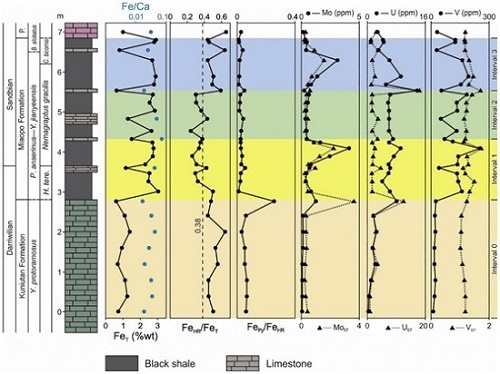
Paleo-environmental changes during the Middle–Late Ordovician transition on the Yangtze Platform, South China and their ecological implications. (Palaeogeography, Palaeoclimatology, Palaeoecology. https:/doi.org/10.1016/j.palaeo.2020.109991)
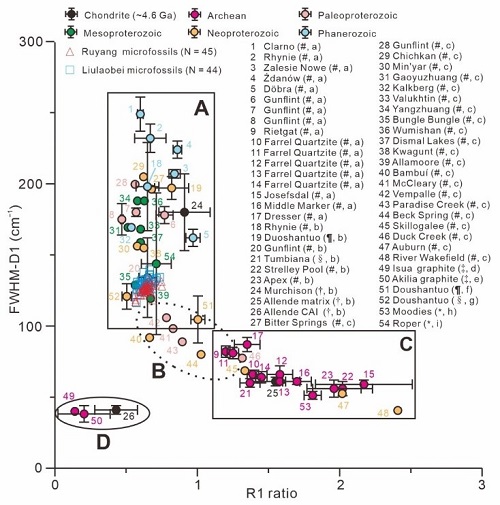
Raman Spectroscopy and structural heterogeneity of carbonaceous material in Proterozoic organic-walled microfossils in the North China Craton. (Precambrian Research. https://doi.org/10.1016/j.precamres.2020.105818)
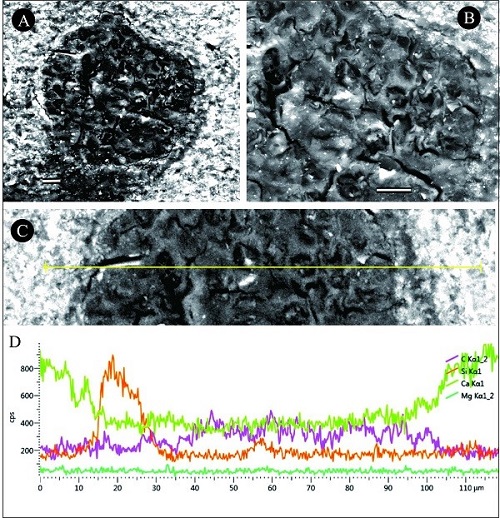
Microfossils from the Paleoproterozoic Hutuo Group, Shanxi, North China: Early evidence for eukaryotic metabolism. (Precambrian Research. https://doi.org/10.1016/j.precamres.2020.105650)
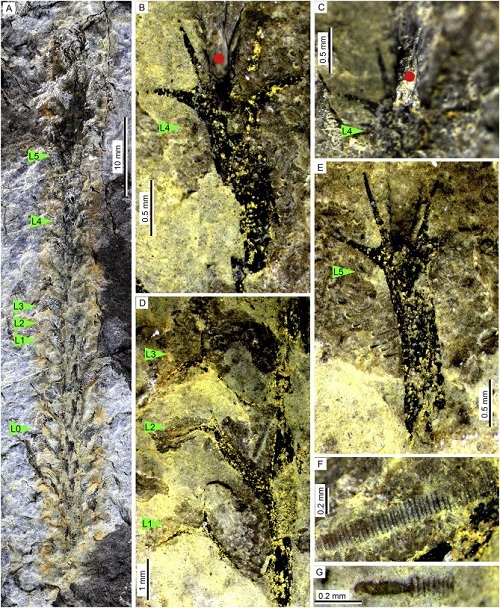
Spatio-temporal distribution of Leclercqia (Lycopsida), with its new discovery from the Middle to Upper Devonian of Yunnan, South China. (Palaeogeography, Palaeoclimatology, Palaeoecology. https://doi.org/10.1016/j.palaeo.2020.110029)
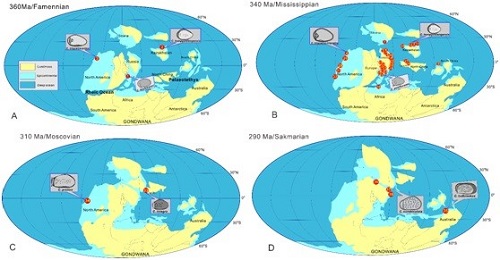
Evolution of the genus Cribroconcha (Ostracoda, Crustacea) in relationship to palaeoecological changes during the late Palaeozoic. (Palaeogeography, Palaeoclimatology, Palaeoecology. https://doi.org/10.1016/j.palaeo.2020.110028)

A novel angiosperm including various parts from the Early Cretaceous sheds new light on flower evolution. (Historical Biology. http://doi.org/10.1080/0891263.2020.1825411)
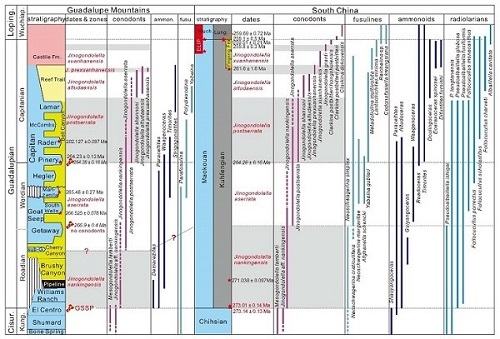
Progresses, problems and prospects: An overview of the Guadalupian Series of South China and North America. (Earth-Science Reviews. https://doi.org/10.1016/j.earscirev.2020.103412)
Reinvestigation of the Wordian-base GSSP section, West Texas, USA. (Newsletters On Stratigraphy. http://doi.org/ 10.1127/nos/2020/0613)
First records of Early Permian conodonts from eastern Myanmar and implications of paleobiogeographic links to the Lhasa Block and northwestern Australia. (Palaeogeography, Palaeoclimatology, Palaeoecology. https://doi.org/10.1016/j.palaeo.2019.109363)
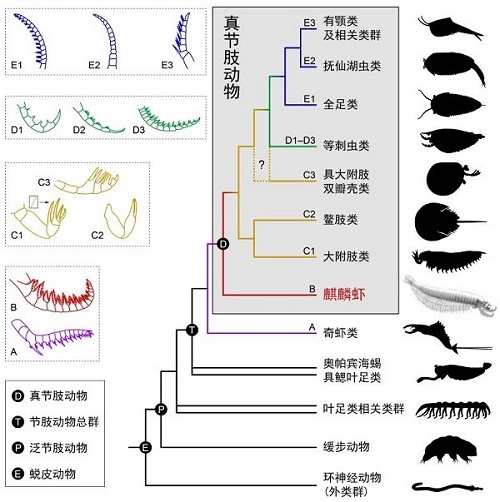
An early Cambrian euarthropod with radiodont-like raptorial appendages. (Nature. https://doi.org/10.1038/s41586-020-2883-7)
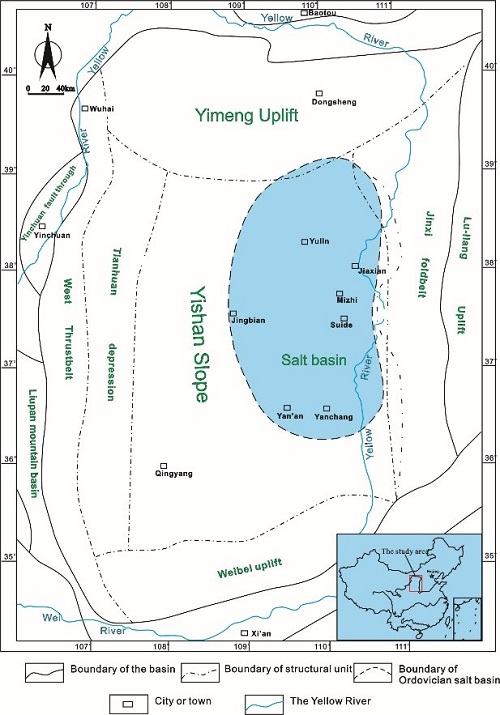
Differences in evaporite geochemistry of the greater Ordos Ordovician salt basin, China: evidence from the M56 submember of the Majiagou Formation. (Carbonates Evaporites. https://doi.org/10.1007/s13146-020-00632-2)
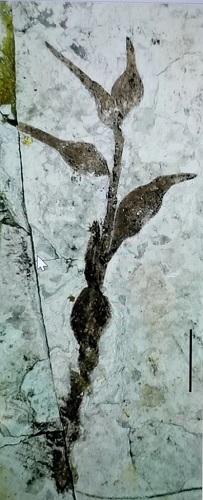
A New Infructescence of Angiosperms from the Early Cretaceous of China. (Acta Geologica Sinica (English Edition). https://doi.org/10.1111/1755-6724.14591)
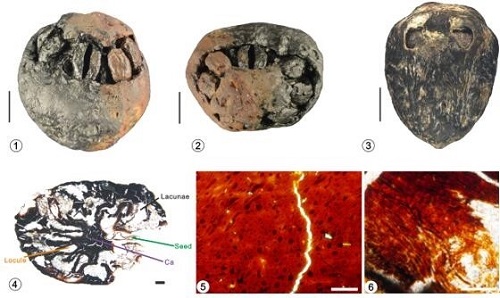
A new Choerospondias (Anacardiaceae) endocarp from the middle Miocene of Southeast China and its paleoecological implications. (Rewiew of Palaeobotany and Palynology. https://doi.org/10.1016/j.revpalbo.2020.104312)

A new middle Cambrian trilobite with a specialized cephalon from Shandong Province, North China. (Acta Palaeontologica Polonica. https://doi.org/10.4202/app.00753.2020)

Early Cambrian organophosphatic brachiopods from the Xinji Formation, at Shuiyu section, Shanxi Province, North China. (Palaeoworld. https://doi.org/10.1016/j.palwor.2019.07.001)
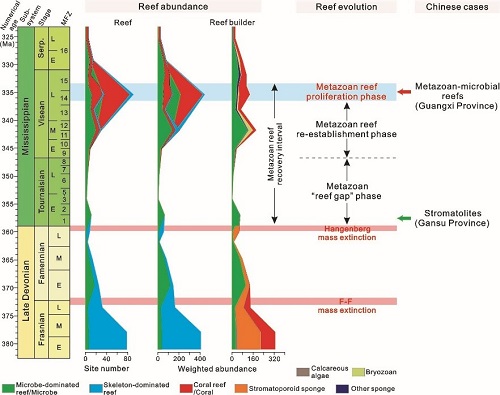
Upper Visean (Mississippian) metazoan-microbial reefs from Guangxi, South China: Insights regarding into the recovered metazoan reefs reef recovery after the end-Devonian extinction. (Palaeogeography, Palaeoclimatology, Palaeoecology. https://doi.org/10.1016/j.palaeo.2020.109994)
The longest delay: Re-emergence of coral reef ecosystems after the Late Devonian extinctions. (Earth-Science Reviews. https://doi.org/10.1016/j.earscirev.2019.103060)
Earliest Carboniferous stromatolites from the Qianheishan Formation, Dashuigou section, northwestern China: Implications for microbial proliferation after the end‐Devonian mass extinction. (Geological Journal. https://doi.org/10.1002/gj.3588)
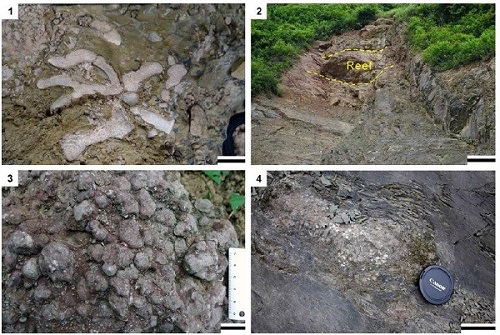
Bryozoans from the lower Silurian (Telychian) Hanchiatien Formation from southern Chongqing, South China. (Journal of Paleontology. https://doi.org/10.1017/jpa.2020.86)
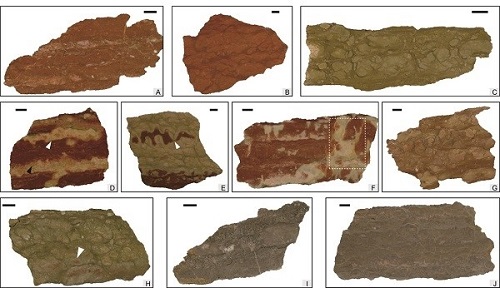
Environmental changes revealed by Lower–Middle Ordovician deeper-water marine red beds from the marginal Yangtze Platform, South China: Links to biodiversification. (Palaeogeography, Palaeoclimatology, Palaeoecology. https://doi.org/10.1016/j.palaeo.2020.110116)
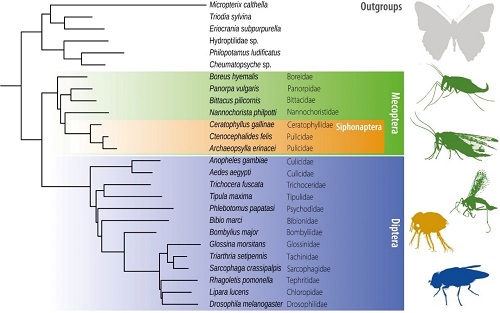
Fleas are parasitic scorpionflies. (Palaeoentomology. https://doi.org/10.11646/palaeoentomology.3.6.16)
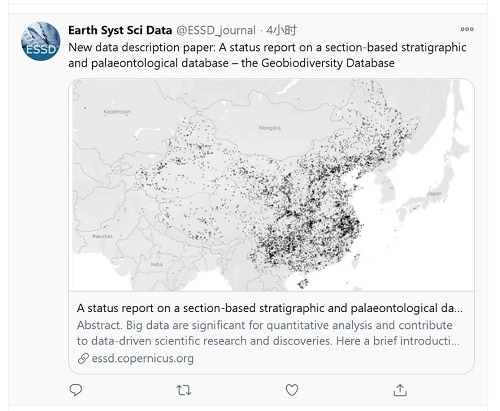
A status report on a section-based stratigraphic and palaeontological database – the Geobiodiversity Database. (Earth System Science Data. https://doi.org/10.5194/essd-12-3443-2020)
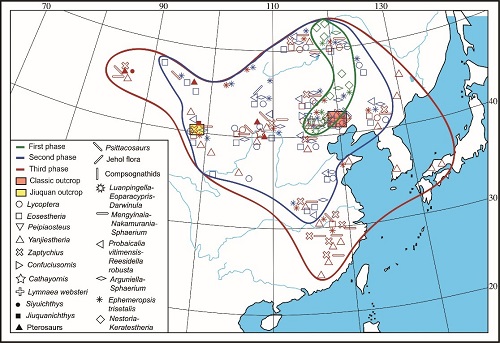
Synthesis of a chrono- and biostratigraphical framework for the Lower Cretaceous of Jiuquan, NW China: implications for major evolutionary events. (Earth-Science Reviews. https://doi.org/10.1016/j.earscirev.2020.103474)
